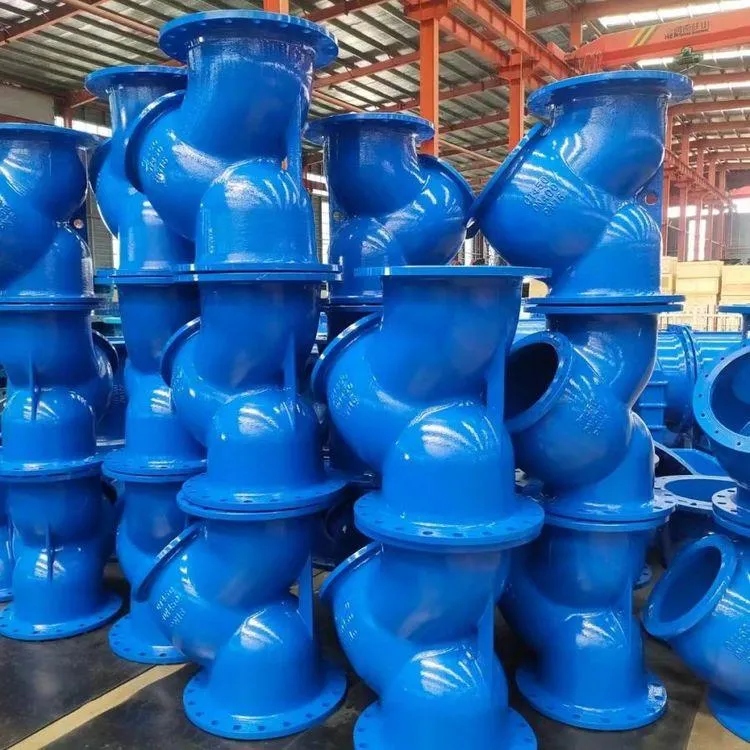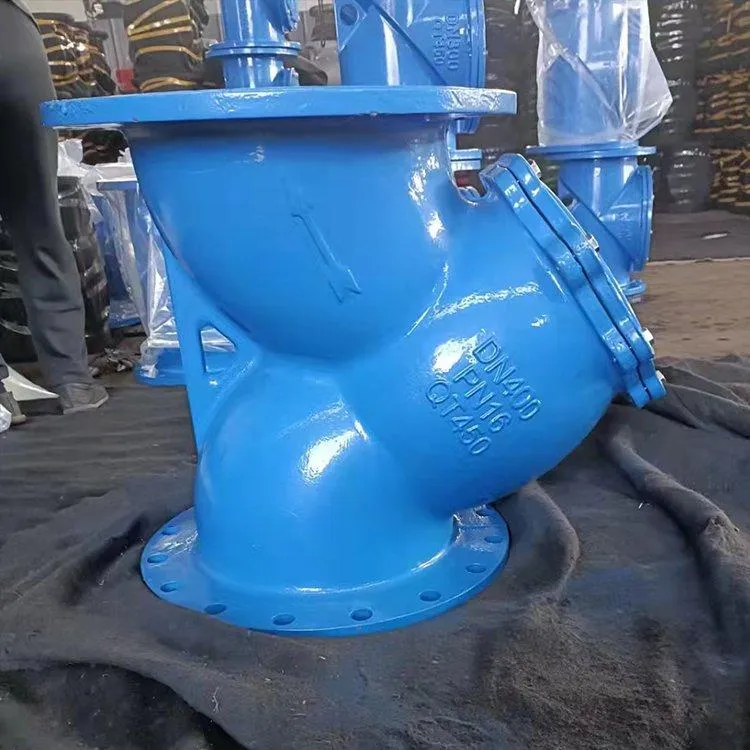cze . 12, 2025 15:27 Powrót do listy
Y Type Strainer Future Innovations
The industrial landscape is continuously evolving, driven by technological advancements and the need for efficient, reliable solutions. Among the critical components in fluid handling systems, Y type strainers have long played a pivotal role in safeguarding equipment from debris and contaminants. As industries demand higher performance, sustainability, and adaptability, the future of Y type strainers is poised for transformative innovations. This article explores emerging trends and breakthroughs in Y type strainer technology, focusing on four key areas: cast iron Y strainer durability, strainer type Y smart integration, Y type filter versatility, and answers to common questions about these essential devices.

Y Type Strainer: Advancements in Material and Design Efficiency
The core function of a Y type strainer is to filter particulates from liquids or gases, ensuring downstream equipment operates smoothly. Future innovations in this domain prioritize material science and hydrodynamic design. Traditional Y type strainers often use stainless steel or brass, but manufacturers are now experimenting with advanced composites and polymer-coated metals. These materials reduce weight while maintaining strength, ideal for industries like offshore oil drilling or chemical processing where corrosion resistance is critical.
Design improvements are equally transformative. Computational fluid dynamics (CFD) simulations enable engineers to optimize the Y type strainer’s geometry, minimizing pressure drop and maximizing flow rates. For instance, helical baffle designs and tapered mesh configurations are being tested to reduce turbulence. Additionally, modular Y type strainers allow for easy customization, enabling users to swap strainer baskets or seals without replacing the entire unit. Such innovations not only enhance efficiency but also align with global sustainability goals by extending product lifespans.
Cast Iron Y Strainer: Enhancing Durability in Harsh Environments
Cast iron Y strainers are renowned for their robustness, making them staples in water treatment, HVAC systems, and heavy industrial applications. Future iterations aim to push the boundaries of durability further. One key area of development is anti-corrosion coatings. Nano-ceramic layers, for example, are being applied to cast iron Y strainer surfaces to withstand acidic or saline environments. This is particularly valuable in desalination plants or coastal facilities where metal degradation is a persistent challenge.
Another innovation lies in reinforced structural designs. By integrating ribbed bodies and flanged connections, modern cast iron Y strainers can endure higher pressures and thermal shocks. Manufacturers are also adopting precision casting techniques to eliminate weak points in the metal, ensuring uniform thickness across the strainer body. These upgrades make cast iron Y strainers indispensable in sectors like power generation, where system failures carry significant operational risks.

Strainer Type Y: Smart Technology Integration for Real-Time Monitoring
The integration of smart technologies into strainer type Y units marks a leap toward predictive maintenance and operational transparency. IoT-enabled sensors embedded in the strainer body can monitor parameters like differential pressure, temperature, and particulate accumulation. This data is transmitted to centralized control systems, alerting operators to clogs or wear before they escalate into downtime. For example, a strainer type Y equipped with vibration sensors can detect abnormal flow patterns caused by blockages, triggering automated backflush cycles.
Moreover, advancements in material science complement these digital upgrades. Self-cleaning strainer type Y models, powered by ultrasonic vibrations or reverse-flow mechanisms, are reducing manual intervention. These systems are particularly beneficial in remote or hazardous environments, such as nuclear facilities or mining operations, where frequent maintenance is impractical. As Industry 4.0 gains momentum, the strainer type Y is evolving from a passive component to an active participant in system health management.
Y Type Filter: Expanding Applications in Emerging Industries
While Y type filters have traditionally served sectors like oil and gas, future innovations are unlocking opportunities in newer industries. Renewable energy systems, such as geothermal plants or hydrogen fuel production, rely on Y type filters to protect turbines and electrolyzers from particulate damage. In these applications, filters must handle extreme temperatures and aggressive chemicals, prompting manufacturers to develop hybrid materials like carbon-fiber-reinforced polymers.
The pharmaceutical and food processing sectors also present growth avenues. Here, Y type filters with ultra-fine mesh (down to 5 microns) and hygienic finishes are ensuring compliance with stringent sanitation standards. Additionally, 3D printing technology allows for rapid prototyping of custom Y type filter housings, catering to niche applications like microbrewery systems or lab-scale bioreactors. As industries diversify, the adaptability of Y type filters will remain a cornerstone of their relevance.

FAQs About Y Type Strainers
What industries commonly use a Y type strainer?
Y type strainers are widely used in water treatment, oil and gas, chemical processing, and HVAC systems. Their ability to handle high-pressure environments and diverse fluids makes them versatile across sectors.
How does a cast iron Y strainer compare to other materials in terms of cost?
Cast iron Y strainers offer a cost-effective balance of durability and affordability. While stainless steel variants excel in corrosion resistance, cast iron Y strainers are ideal for applications where budget constraints and moderate chemical exposure coexist.
Can a strainer type Y be customized for specific flow rates?
Yes. Manufacturers often adjust the mesh size, body diameter, and connection types of strainer type Y units to meet unique flow requirements. Customization ensures optimal performance without compromising system efficiency.
What maintenance is required for a Y type filter?
Routine inspection and cleaning of the strainer basket are essential. Advanced Y type filters with self-cleaning mechanisms may require minimal manual intervention, depending on the operational environment.
Are Y type strainers suitable for high-temperature applications?
Absolutely. Many Y type strainers are designed with materials like ductile iron or high-grade stainless steel, capable of withstanding temperatures exceeding 500°F (260°C). Always verify specifications with the manufacturer.
The future of Y type strainers is shaped by relentless innovation, from material breakthroughs to digital integration. As cast iron Y strainers become more resilient and strainer type Y units smarter, industries gain tools to enhance efficiency and reduce downtime. Simultaneously, the expanding applications of Y type filters underscore their adaptability in a rapidly changing world. By embracing these advancements, manufacturers reaffirm their commitment to delivering solutions that meet the evolving demands of global industry.
-
Thread Plug Gauge Requires Careful HandlingAktualnościJul.29,2025
-
Surface plate calibrationAktualnościJul.29,2025
-
Ring Gauge Ensures Machining AccuracyAktualnościJul.29,2025
-
Pad Iron Reinforces Anchor PointsAktualnościJul.29,2025
-
Ground anchor stabilizes embankmentsAktualnościJul.29,2025
-
Granite Box Maintains Precision FlatnessAktualnościJul.29,2025
Produkty powiązane









